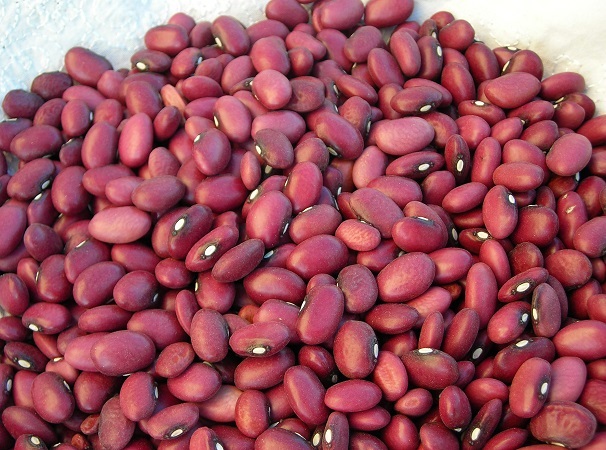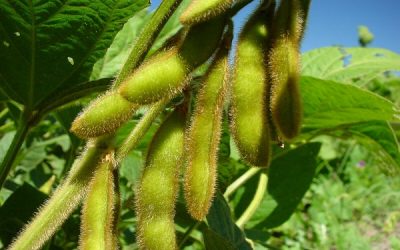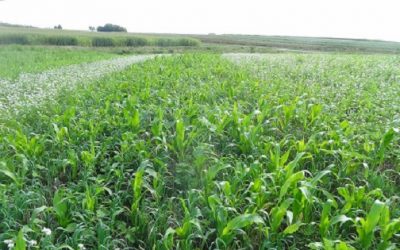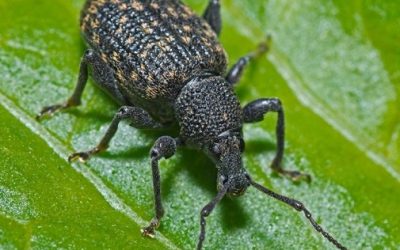
Planting seed infected by a bacterial disease could lead to complete crop failure. Rather pay more for the seed, if necessary, to ensure that it is clean.Consider the extra cost as a form of insurance.
The lands should be inspected by qualified inspectors, who search for any signs of bacterial diseases.
If an infected patch is found, the land is destroyed and the entire area subjected to more inspections to ensure that the disease does not spread. Insects, birds and any form of traffic through the land can be responsible for this.
Weeding should be practiced in order to allow crops grow well.
When the crop is nearly ready for harvesting, daily moisture tests of the seed are taken until it is deemed to be sufficiently dry.
The seeds cannot be too dry, though, or else the seed coat is likely to crack, compromising germination.
Harvesting should be done with special combines designed to limit damage to the beans.
The seeds have to be cleaned, graded and sprayed with suitable protective treatments. All misshapen and discolored seeds should be separated, finely ground and added to water, which is sprayed onto laboratory plants known to be highly susceptible to bacterial diseases.
These plants are then monitored for any symptoms of disease. If none appear, the batch is finally declared disease-free and ready for the market.
Bags of bean seed should be handled with great care. In particular, they should not be thrown off a delivery vehicle. The impact of being dropped can damage many seeds in the packet.
Planters should also not be rough on the seed. Bacterial diseases are not the only ones that are seed-borne, but they pose the greatest hazard.


